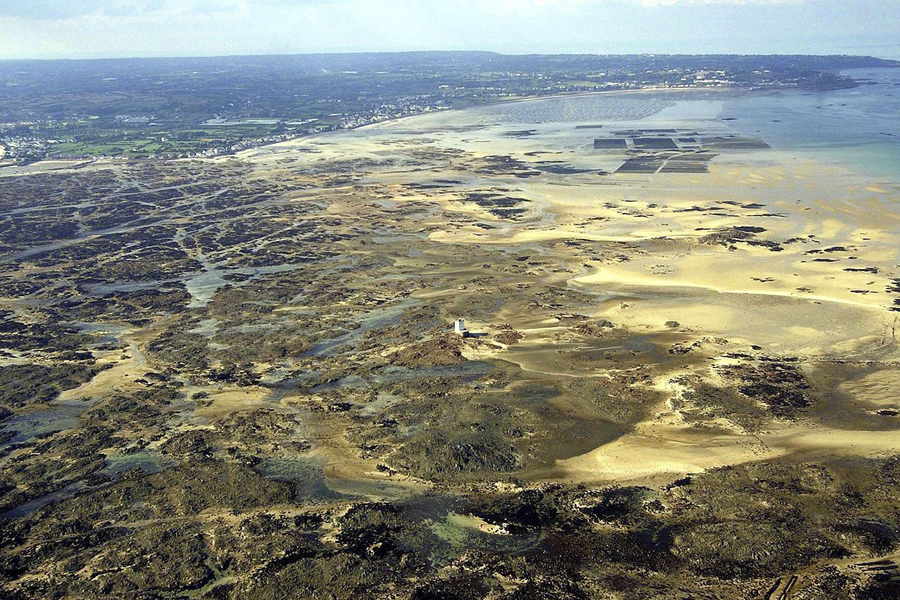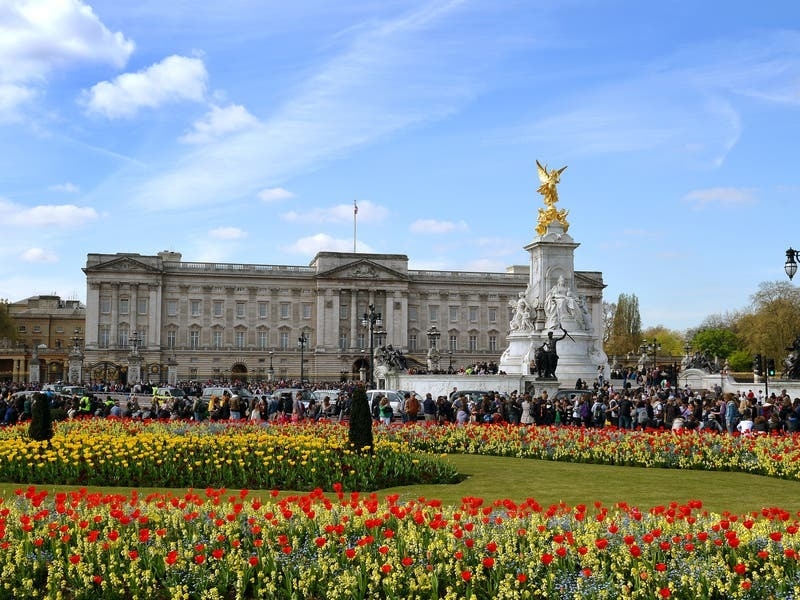DURING a big spring tide, Jersey doubles in size at low water.
And when the tide went out during the last set of supertides earlier this month, miles of sea-bed, home to an abundance of marine life, was revealed.
If you head to Seymour Slip in St Clement at low tide and look out, to the untrained eye it appears to be a baron, moon-like landscape covered in rocks and sand.
But look a little closer and, local marine biologists say, you will find what is believed to the most biodiverse areas of land in the British Isles, home to at least 800 different species.
In fact, Francis Binney, the chairman of the marine biology section of the Société Jersiaise, says that the area is home to phenomenal levels of biodiversity.
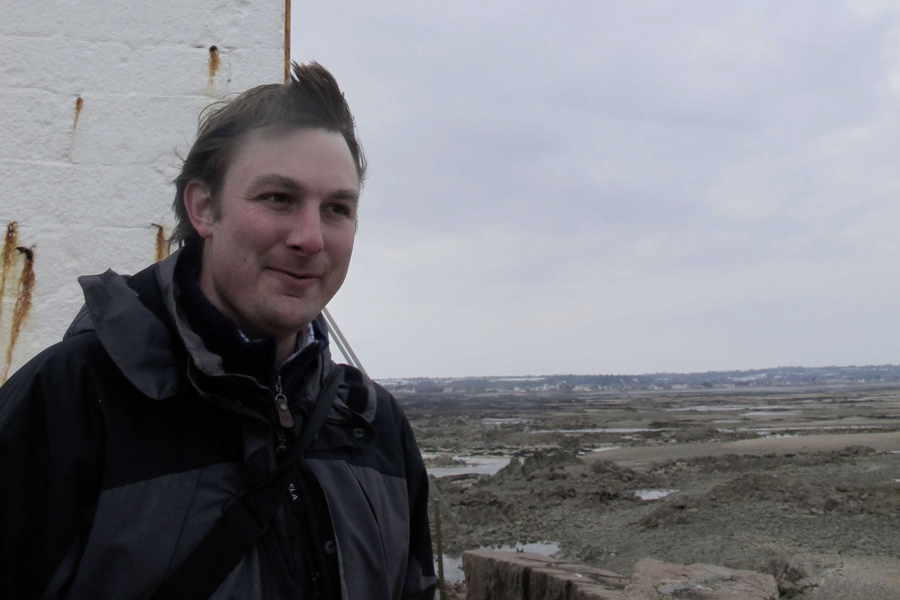
Biodiversity
Whenever you’re in the Seymour Tower area, keep an eye out for ….
- Peanut worm
- Jerseys native oyster
- Blue ray limpit
- Sea lemon
- Sea hare
- Breadcrumb sponge
- Snakeslock anemone
- Brent geese

Not only does the small area to the north-east of Seymour Tower boast more than 800 species, but marine biologists in the Island believe it is home to several creatures that are found nowhere else in Britain.
These species include the giant scaleworm, the five shilling shell (named because of the price collectors use to pay for a specimen) and two species of giant cucumber that are not known to be found any further north than Jersey.
Mr Binney said that the site was known to house about 30 species that are regarded as threatened or notably rare.
‘Based on the number of species of molluscs and crustaceans, we believe this area has the highest measured biodiversity in the British Isles,’ he said. ‘This is based on discussions with academics in the UK.
The area is one of the Ramsar sites in or belonging to the Island, including the Ecréhous, the Dirouilles, the Minquiers and the Pierres de Lecq – the Paternosters.
A Ramsar site enjoys limited protection from governments thanks to the Convention on Wetlands which was signed in Ramsar, Iran, in 1971.
But Mr Binney said that Ramsar accreditation offered little protection to the site. ‘The trouble with Ramsar is that it has no legislative backing,’ he said. ‘It is in effect a promise from the States of Jersey to manage the area wisely.
‘However, the definition of wise use is left up to the States.’
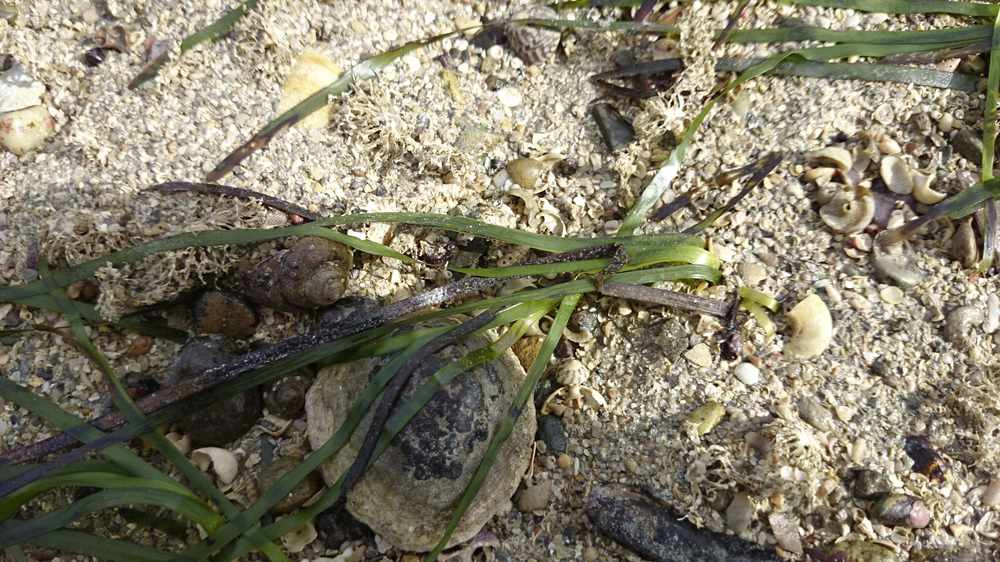
Threats
Although the section of land the marine biologists are particularly interested in lies nearly two miles out to sea and can be accessed only on low tides, Mr Binney said it was under threat from both humans and other invasive wildlife.
The Société Jersiaise has been working closely with oyster farmers like Chris Le Masurier, of the Jersey Oyster Company, to minimise their affect on the land. Mr Binney praised Mr Le Masurier for his support in clearing the area of redundant oyster racks and other equipment that was often not his own.
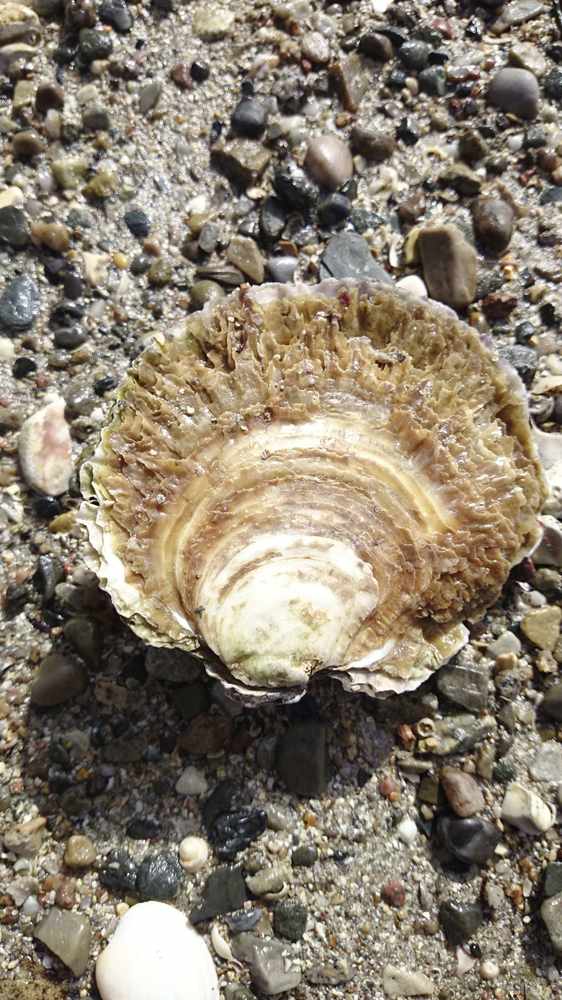
‘The aim is to encourage new oyster concessions and developments to keep north of a line between Seymour Slip and La Grand Haise Rock,’ said Mr Binney.
He said that aquaculture concessions adjacent to the area of interest posed the threat of damaging the biodiversity, including the vitally important seagrass beds that act as a nursery for dozens of juvenile species.
‘Vehicle use, coverage of the seashore area by trestles, disruption of tidal currents and oyster faecal matter are all threats posed by placing aquaculture concessions next to these highly sensitive areas,’ he said.
‘Aquaculture is appropriate for many areas in Jersey, but it is not appropriate for the ecological sensitive areas such as are found around Seymour Tower.
‘In the fine muddy sands the compacted tracks of the tractors can be seen for many months after visits. Those operating in the area are advised to stick to regular routes to limit damage.
‘More worrying is the increasing use of 4x4s on the beach. They are less robust than tractors and are more likely to get into trouble, and that may result in a fuel or oil leak, which clearly would be bad for the environment.’
But the future of the biodiversity is under threat not only from human impact, because certain creatures who have made Jersey their home over recent years are threatening the local wildlife.
Species such as the Asian shore crab, a seaweed called saragassum and slipper limpets are out-competing Jersey’s native species.
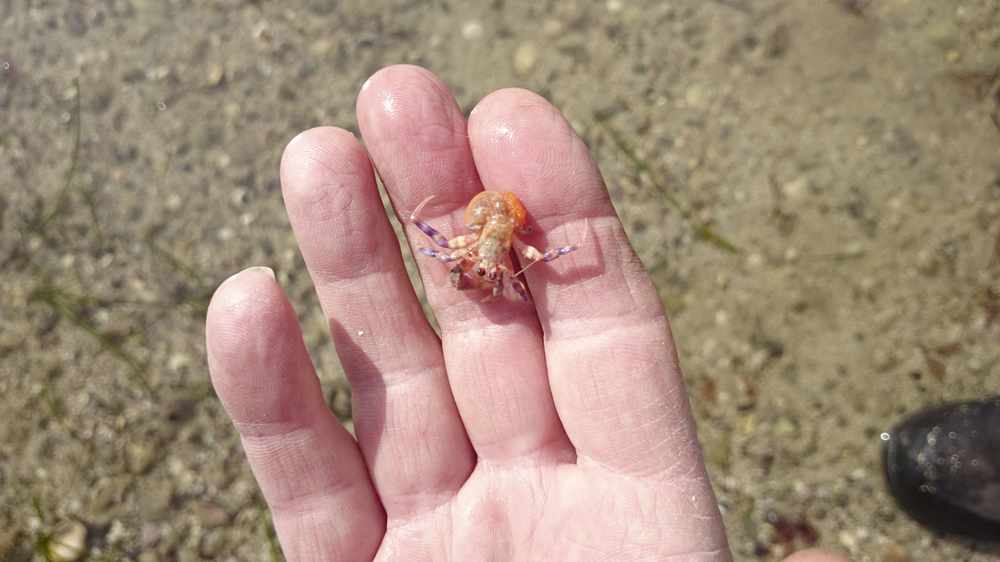
‘The Asian shore crab is a very aggressive little beast,’ said Mr Binney. ‘It is invading the niche of our local shore crabs and is very competitive, so may well affect their population over time.
‘Sargassum is a seaweed that is now omnipresent around the Island. Its growth is so vigorous that it can choke off gulleys and hinder other species from thriving.
‘Slipper limpets are an American interloper that have also prospered here. They grow in great numbers and some areas of the sea-bed are now covered with their dead shells to such a thickness that little else can grow in what were once productive areas.’
Mr Binney added that other seaweeds, including wakame, fringe weed, Asian sea mat and furry oyster weed, are also causing issues for local species and that the task of monitoring their invasion was something that stretched beyond just monitoring the area near Seymour Tower.
Exploring the area
Mr Binney welcomes Islanders exploring the area around and beyond Seymour Tower, but asks people to take care to look after the wildlife, and says that going with someone who knows the area and understands the tides is essential.
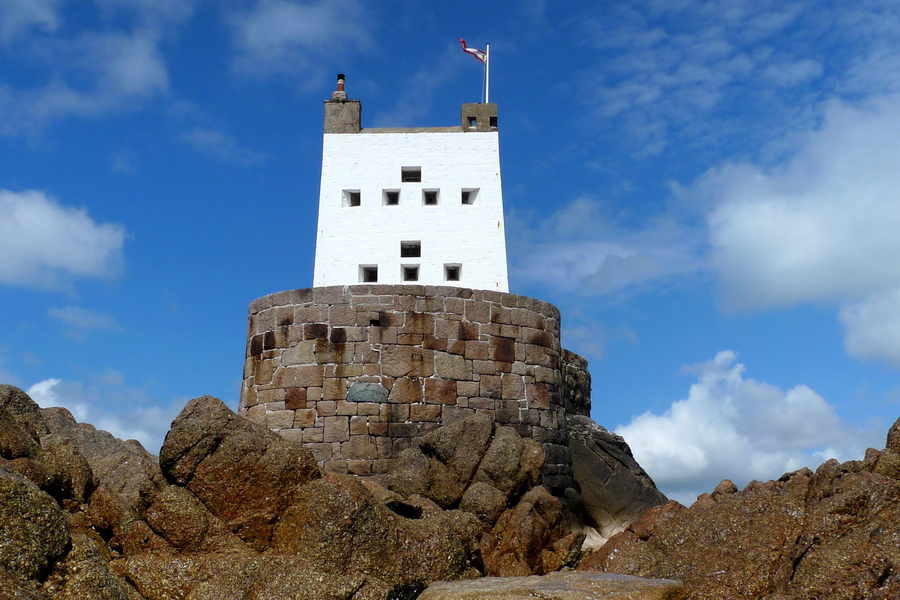
- Seymour Tower is a coastal defence tower built on a rocky tidal island called LAvarison, about 1.25 miles east of the shoreline of Jersey.
- Jersey Heritage now operates the tower as a holiday rental.
- The tower was constructed in 1782 following the Battle of Jersey on 6 January 1781.
The marine biologist also urged Islander to return rocks to how they found them if they are low-water fishing.
‘When we were out the earlier this month we flipped back a large number of stones that must have been turned but not returned over the previous two days,’ he said. ‘It’s sad to see this happen, as a turned rock takes about ten years to regain its marine life if it is not returned.
‘So while we are keen to encourage Islanders to explore and get to know the Seymour Tower area, its important to ensure that we are looking after it properly by returning stones, taking our litter home and acting in an environmentally responsible manner.
‘For those who don’t know the area well, we would always advise going down with someone who does, or joining one of the many guided walks.
‘It is easy to get cut off because the incoming tide floods the gullies.’

Tidal awareness
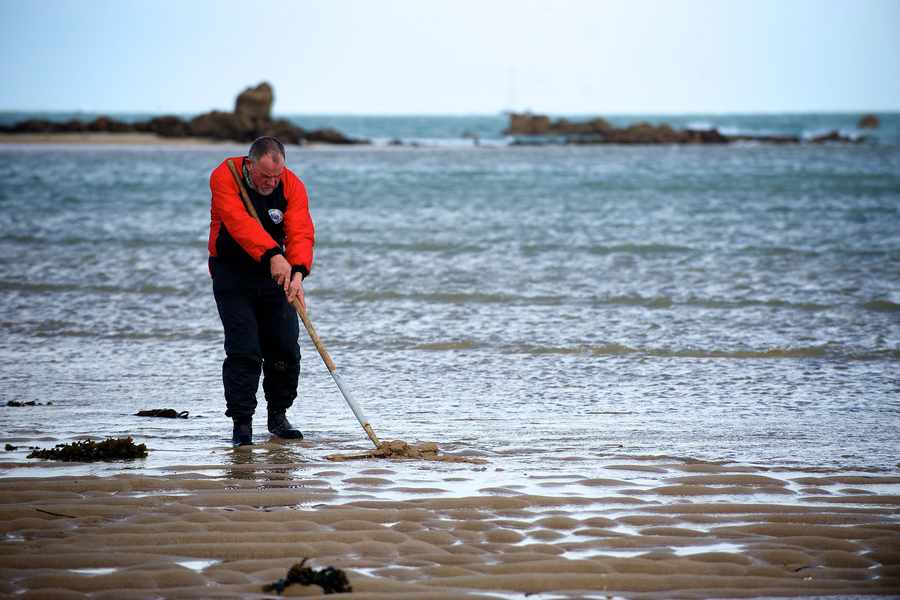
- Low water brings the opportunity to fish for lobsters, cockles and sand-eels and many people have their favourite closely-guarded secret spots.
- Spear fishermen will also try their luck at catching bass in the gullies.
Jersey is home to one of the largest tidal ranges in the world.
But the tide does not come in at steady speed – it actually accelerates and decelerates, depending on the time.
The rule of twelfths dictates that the tide rises and recedes at a ratio of 1:2:3:3:2:1.
So for a 12-metre tide the sea will rise one metre in the first hour, another two metres in the second hour and another three metres in the third and fourth hours.
It will then decelerate in the fifth hour, moving two metres and then one metre in the final hour.
The tide is therefore moving at its fastest during the third and fourth hour.
The future
Even though it is arguably the most biodiverse section of land in the British Isles, little international research has been carried out into the area.
The marine biology section of the Société Jersiaise works on a voluntary basis and records the locations of different species on a GPS monitor, but Mr Binney said that because of Jersey’s autonomy from the EU, European scientists were reluctant to fund further studies.
‘We do what research we can and we are fortunate to have the support of Moore Stephens and Nedbank Private Wealth for some of our projects,’ said Mr Binney, ‘but there is a huge amount to be done to fully understand and better conserve our local marine environments.
‘Having said that, in the area around Seymour Tower we have undertaken rigorous research over a five-year period that has measured and mapped the biological diversity of the area.
‘What is needed now is a wider appreciation of how sensitive this bit of seashore is, and of how important it is to make sure that it is not disturbed. This is not just a jewel in Jersey’s natural environment – it is an internationally important site.’
The team members have recently secured funding to begin designing and carrying out a survey into seagrass in the area. Mr Binney said that the plant, which covers large areas of land to the north-east of Seymour Tower, was an important nursery ground for many juvenile species of marine life.
‘The healthier and more extensive the seagrass beds, the better future stocks of the fish and shellfish that we like to eat will be,’ he added. ‘Seagrass areas should really be judged on a par with coral reefs for diversity and importance.’
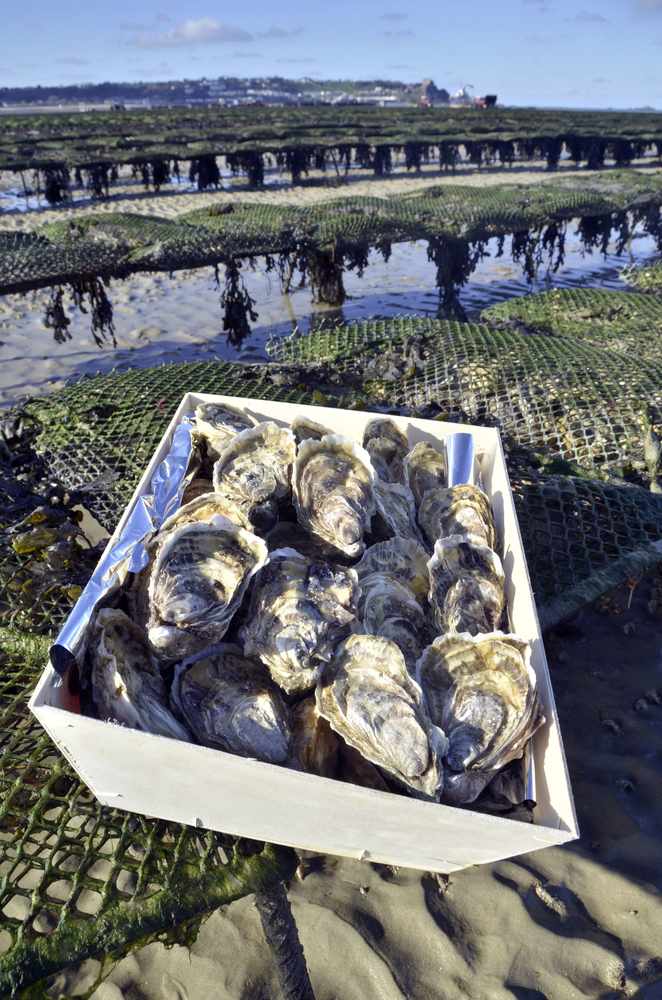
- Jersey has a 25.1 hectare oyster farm known as the Royal Bay Oysters in the Royal Bay of Grouville.
- The Island is home to a native flat oyster that was almost farmed to extinction. However, it is believed to be increasing in numbers again.
- Each year approximately 200 tonnes of oysters are produced in the Island, with 90% exported to France.
- The Jersey Oyster company produces in excess of 12 million partly grown oysters, known as half ware for sale to French and UK shellfish farmers for on-growing to market size.

